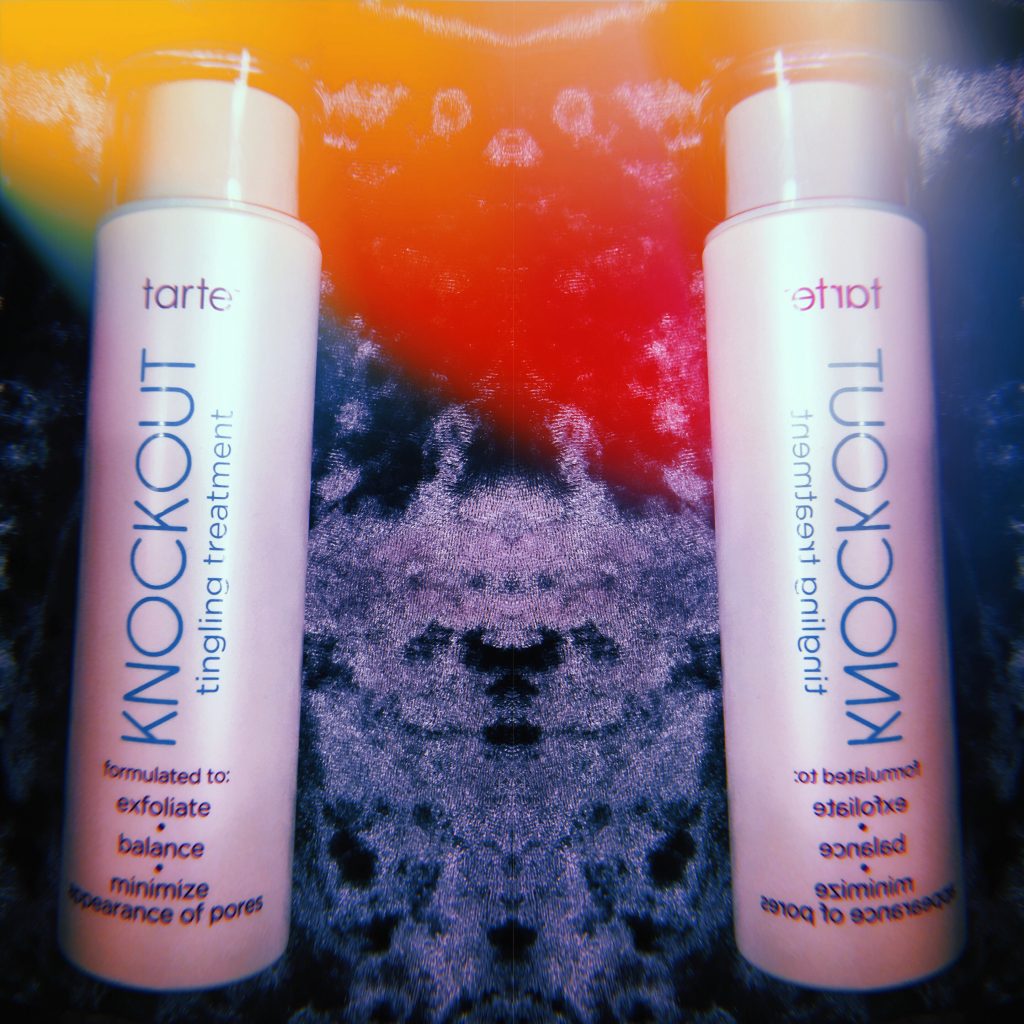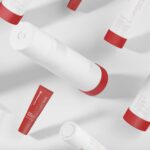I get a ton of emails, DMs and questions about skin care and the most common concerns people have tend to be pore size, dullness, dark spots and breakouts.
The answer to most of these issues? Acid.
Putting acid on your skin sounds terrifying but I promise you its the best thing you can do. Introducing acids into my skin care changed my skin’s texture for the better.
These kinds of acids are chemical exfoliants, which, like a loofah or sugar scrub, work to break the bonds between dead skin cells and slough them away. Different than something abrasive like a manual exfoliant (i.e., sugar scrub), which can cause pulling, tugging, scratching or microtears in the skin, chemical exfoliation is gentle and way more tolerable for even super sensitive skin.
The two types of acids you will most commonly see are similar but different. Alpha hydroxy acids or AHAs cause exfoliation, or shedding of the skin’s surface, to reveal smoother, brighter skin. AHAs work to dissolve the “glue” that hold dead skin cells together. Examples of AHAs include Glycolic and Lactic acid — these are the most common and, typically, the most potent. Other AHAs include Malic, Tartaric and Mandelic.
Beta hydroxy acid or BHA or salicylic acid, works similarly at eradicating dead skin but also penetrates deeper. BHA is oil-soluble, meaning it can dissolve the oil and sebum in your pores. It’s why most products for acne will contain salicylic acid.
You can get these ingredients in higher percentages (aka more potent) in peels and other treatments in your derm’s office or by a licensed esthetician. You also can buy them in over-the-counter products (less potent, but still worth it — some more than others.) Acids come in many product forms from masks, treatments and liquids to serums, creams and oils.
If your skin care uses words like “resurface” or “clarifying” or includes ingredients like pineapple or papaya enzymes, or “fruit enzymes” (break up bonds between dead skin cells) or willow bark extract (natural form of BHA), it’s meant to exfoliate.
Poly hydroxy acids (PHAs) are fairly new to skin care in the western world but have been cropping up in Korean skin care for the past few years. PHAs are cousins to AHAs, with larger molecules. This makes PHAs extremely safe for sensitive skin though they will take longer to produce results. Common PHAs include gluconolactone, galactose and lactobionic acid.
When products have a blend of acids, it can be a dream team. For example my favorite liquid exfoliator, Tarte Knockout Tingling Treatment, contains both AHAs and BHA. The bottle lists a 10 percent mix including salicylic and lactic acids, but I spotted other (less potent) AHAs like citric acid and malic acid in the ingredient list.
Acids should be used only 1 to 3 times per week depending on your skin type. Sensitive or dry skin should use once a week, whereas oily skin types can use up to three times per week. It really depends on your body though so try it out once a week and build up until you figure out what your skin like some can handle.
Overuse can cause irritation or overexfoliation, which will totally destroy any progress you’ve made. I’m talking redness, sensitivity, tightness, dryness, breakouts, texture and more.
Acids help to eliminate texture and give you glowy skin, as well as increase cell turnover to fade scars and hyperpigmentation. They also clear the way for more ingredients and nutrients in other skin care to be absorbed by the skin so nothing is standing in its way. And while pore size is genetic, the right acids can penetrate into pores and dissolve what’s inside to make them appear smaller.
Incorporating acids into your routine can yield amazing results. As with any new active, do a patch test on skin beforehand or consult a pro. Also, please remember to be mindful when using acids with other actives like retinoids, as using them together can sometimes cause irritation.
For the most part, though, you’re going to wonder why you didn’t start acids sooner.

Gia Mazur is an award-winning staff writer and beauty obsessive who joined The Times-Tribune’s Lifestyles department in 2015. She’s a product enthusiast who can’t live without an eyelash curler. A proud Virgo, Charlotte Tilbury Matte Revolution Lipstick in Pillow Talk is her go-to. Contact: gmazur@timesshamrock.com; 570-348-9127; @gmazurTT




